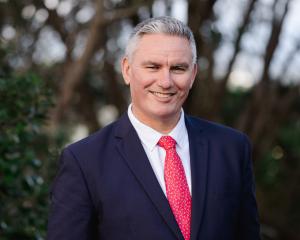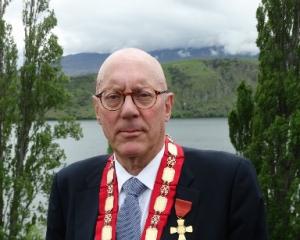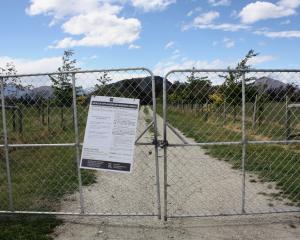
In response to questions and comments from Queenstown Times readers on Friday, council transportation planning manager Denis Mander said although the council had its own car park for work vehicles, council staff walked, bussed, biked or car-pooled to get to work, with a few paying for car parks.
Commenting on the effectiveness of the alternatives offered to residents because of the decreasing availability of free all-day parking, he said issues such as the cost of buses were out of the council's hands.
"Basically, the services are provided to the council by Connectabus and the council doesn't have a role in determining the prices," he said.
In relation to claims that lack of free parking might drive people away from the town centre, Mr Mander said freeing up car parks for visitors coming into town to shop had to be taken into account to make sure shops could be accessed.
"We need to ... make sure that some of our parking area is free for people coming into the town centre to shop - that's something we're trying to encourage."
Visitors were already paying towards maintaining parking and the CBD by paying parking charges, which went towards providing car parks, he said.
"They are part of the parking operations revenue coming in, so they go towards providing parking and go towards paying off debt. There is around about $1 million of debt associated with parking and part of that was the purchase of the Boundary St car park in the mid-1990s and the construction of the Church St underground car park, which opened in the early 2000s."
He also responded to a further question posed by a Queenstown resident, who asked how many council employees and elected officials used public transport on a daily basis.
"From surveys done at the end of 2009, we know that 40 % of council staff at that time drove to work alone, 17% currently walk or run to work, 7% car-pool to work - we know this has gone up - 1% cycled to work and 1% used the bus. This, too, has increased," Mr Mander said.
Newly elected members had not been surveyed and travel to work for staff remained a matter of personal choice, he said.
Advertisement













